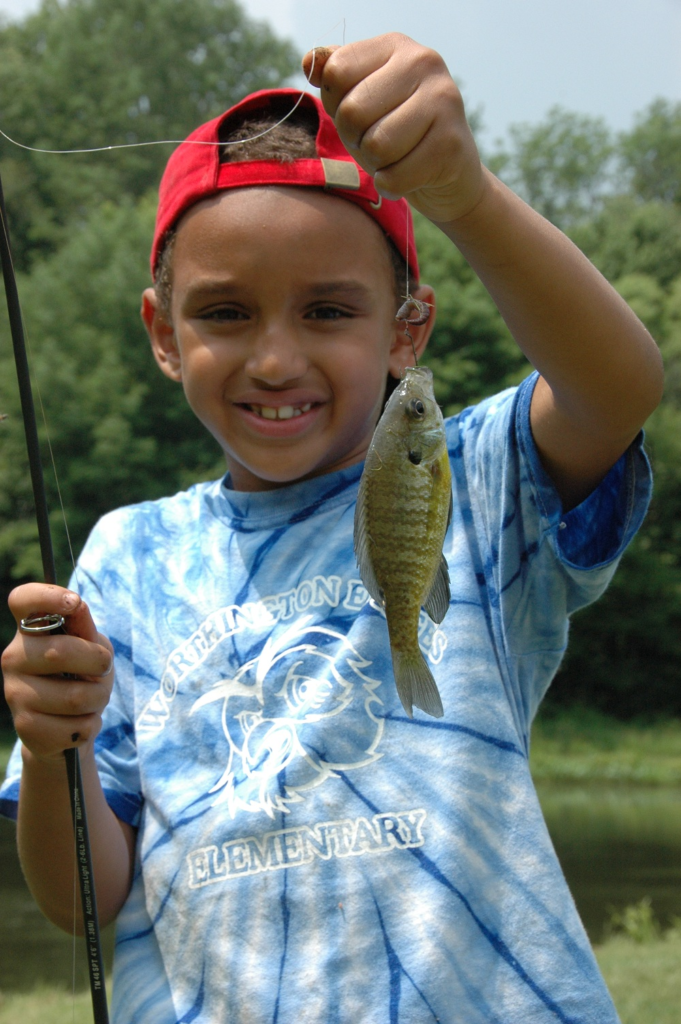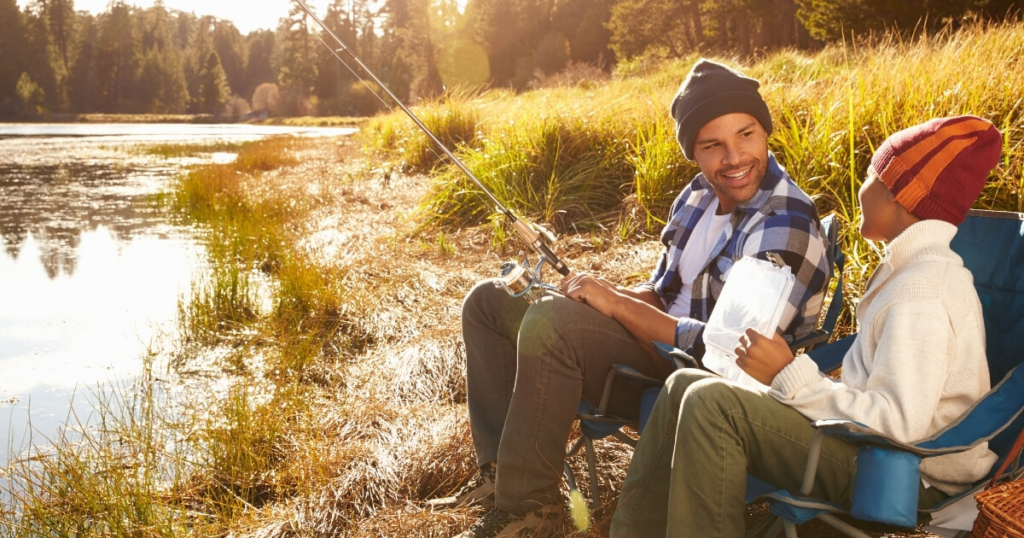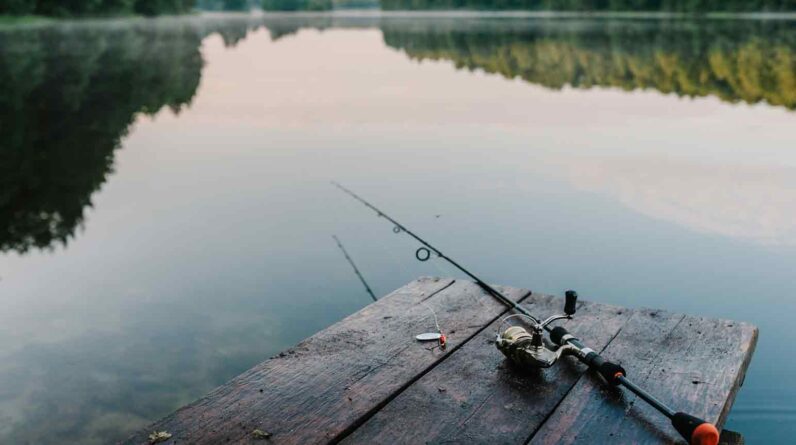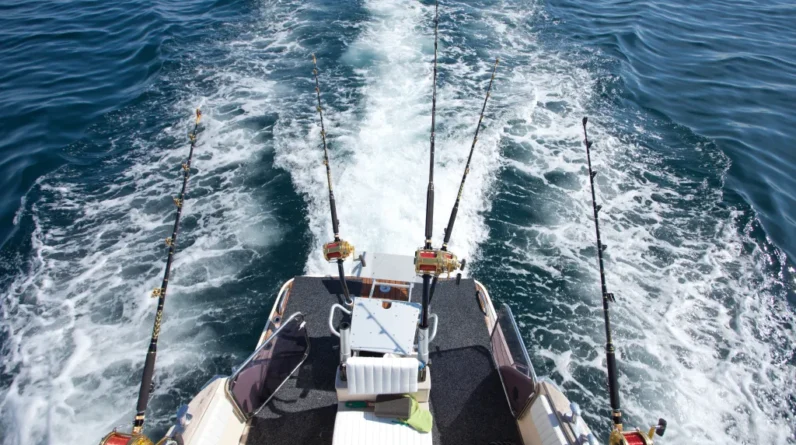How to Teach Your Kids How to Fish: Fishing is more than just a hobby—it’s an opportunity to bond with your children, teach them valuable life skills, and nurture a love for the great outdoors. Whether you’re an experienced angler or a beginner yourself, teaching your kids how to fish can be one of the most rewarding experiences as a parent. However, it requires more than just handing them a rod and hoping for the best.
Crafted by the dedicated team of young parents at Cheerfulfisherman.com, this in-depth guide reveals six excellent, and family-approved tips to help you teach your children how to fish. From choosing the perfect gear to creating a memorable and engaging experience, each tip is designed to turn fishing into an exciting adventure your kids will cherish for years. Whether you’re a seasoned angler or just starting out, these practical suggestions will help you bond with your children and foster a love for the great outdoors. Get ready to make lasting memories on the water—one cast at a time.
Tip 1: Start with the Right Gear for Kids
Choose Kid-Friendly Fishing Rods and Reels
When teaching children how to fish, it’s essential to start with gear that matches their size and strength. A lightweight spinning or spincast rod, typically between 3 to 5 feet in length, is ideal for smaller hands. Brands like Zebco and Shakespeare offer beginner-friendly kits that include rods, reels, and tackle.
Simplify the Tackle
Avoid complicated tackle setups. Use pre-rigged bobbers, barbless hooks, and simple bait like worms or corn. This setup not only increases the chance of a catch but also minimizes frustration.
Use Safety Equipment
Always prioritize safety. Equip your kids with polarized sunglasses to protect their eyes and life jackets if you’re fishing near or on the water.

Tip 2: Choose the Right Location
Pick a Stocked Pond or Lake
Location is crucial. Start with a stocked pond or small lake where fish are plentiful and easy to catch. These places often cater to families and provide a great setting for beginner anglers.
Consider Accessibility
Choose a spot with easy access to the water, bathrooms, and shaded areas. A fishing pier, dock, or bank with minimal obstructions is ideal for kids.
Research Local Family-Friendly Fishing Spots
Many wildlife or fish and game departments list kid-friendly fishing locations. Sites like “Take Me Fishing” offer excellent local suggestions.

Tip 3: Make it Fun and Interactive
Turn it into an Adventure
Fishing should be fun! Frame the experience as an exciting outdoor adventure. Let them explore the area, look for frogs, or even have a picnic.
Play Games and Set Challenges
Introduce games like “Who can cast the farthest?” or “Who can catch the smallest fish?” It keeps the energy positive and competitive.
Celebrate Every Catch
Whether it’s a small bluegill or a decent-sized bass, every fish is a big deal to your child. Take photos, cheer them on, and perhaps keep a fishing journal together.

Tip 4: Teach the Basics One Step at a Time
Start with Casting and Reeling
Begin by teaching them how to cast properly. Use an open space or backyard with a practice plug. Keep sessions short and engaging.
Explain How to Set the Hook
Demonstrate the importance of setting the hook and how to gently reel in the fish. Emphasize patience and control over brute strength.
Discuss Fish Behavior and Habitat
Educate your kids about where fish live and why they behave in certain ways. Talk about shallow waters, shady areas, and underwater structures.
Tip 5: Practice Patience and Positive Reinforcement
Manage Expectations
Kids may not catch a fish on their first try. Help them understand that fishing is about patience and enjoying nature.
Use Encouraging Words
Praise effort over results. Comments like “Great cast!” or “You’re getting better!” can boost their confidence and interest.
Take Breaks
Allow time for rest, snacks, or other nature-related activities. Overwhelming them with a long fishing session may lead to disinterest.

Tip 6: Make It a Learning Experience
Teach Conservation and Respect for Nature
Use fishing as a platform to discuss conservation, catch-and-release practices, and respecting wildlife and habitats.
Introduce Basic Knot Tying and Tackle Knowledge
Once your child gains confidence, teach them simple fishing knots like the clinch knot. Show them how different baits and lures attract different fish.
Encourage Responsibility
Let them take ownership of tasks like carrying their gear, baiting a hook, or even cleaning up the fishing spot. It fosters independence and pride.

Bonus Tips to Keep the Experience Smooth
- Check the Weather: Avoid cold, rainy, or extremely hot days.
- Pack Essentials: Bring water, snacks, bug spray, sunscreen, and a first aid kit.
- Be Patient: Kids may need time to warm up to fishing. Keep it lighthearted.
- Leave Electronics at Home: Minimize distractions to maximize quality time.
Conclusion: Create Lifelong Memories Through Fishing
Fishing is a timeless activity that offers much more than just the thrill of catching fish. It’s about spending meaningful time with your children, instilling a respect for nature, and teaching skills that can last a lifetime. By following these six great tips—choosing the right gear, picking the best location, making it fun, teaching gradually, encouraging patience, and using it as a learning experience—you’ll set the stage for a lifelong passion your kids can carry forward.
So grab your tackle box, pack some snacks, and get ready to make memories. Because the greatest catch of the day isn’t the fish—it’s the smile on your child’s face.






